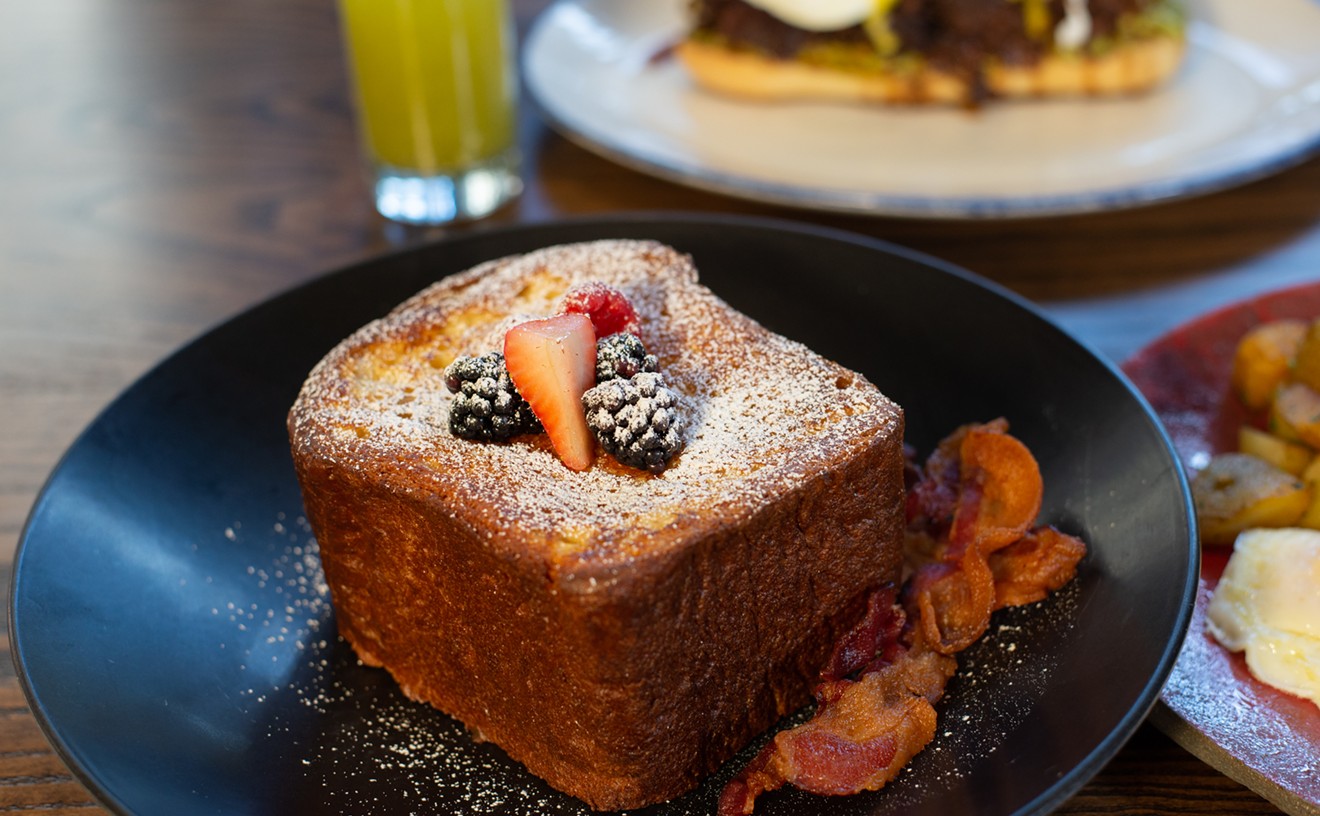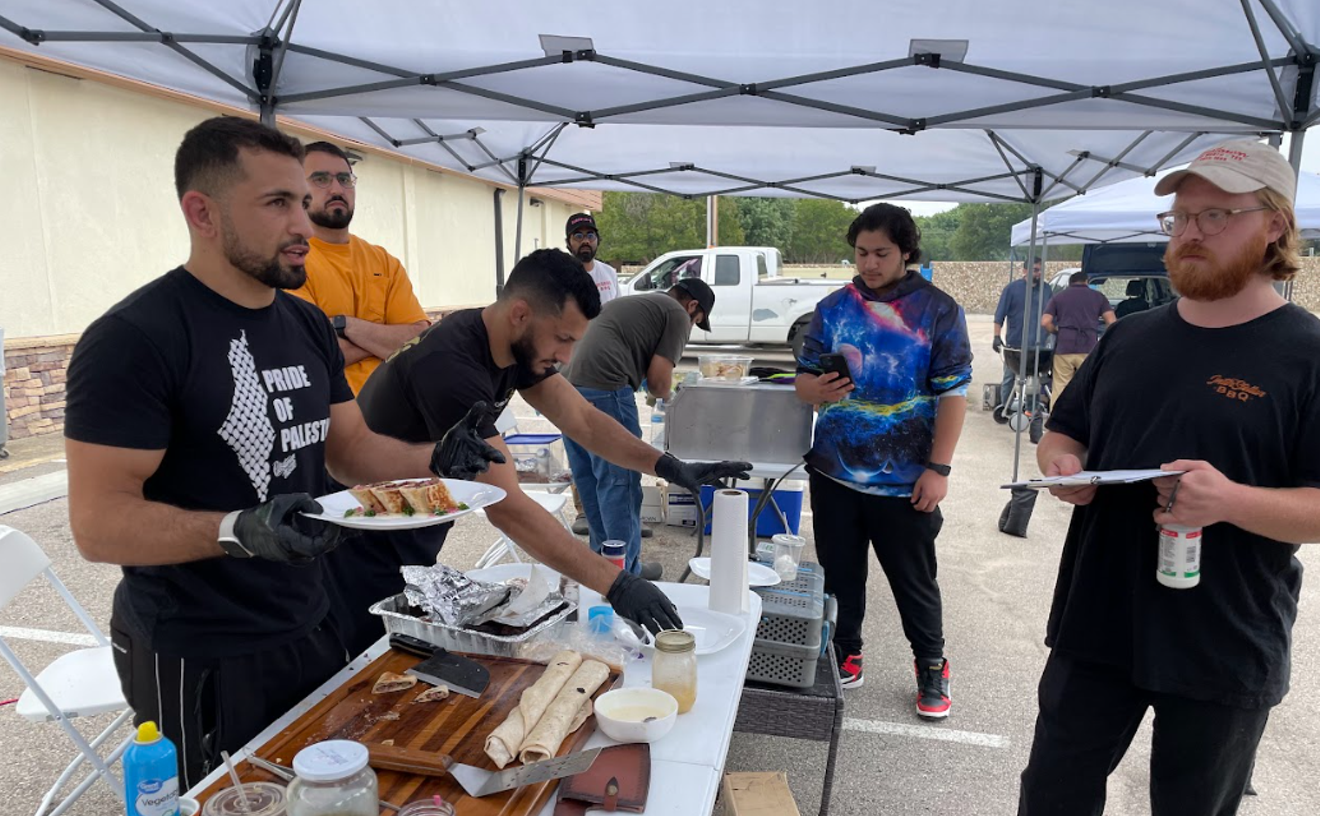Yesterday I drove past a pumpkin patch that had at least 200 large round squashes still remaining. Their lonely abandonment made me a bit sad. Would they ever serve a purpose in this world? Last year the Dallas Arboretum told me they send some of their leftover pumpkins to local zoos. So, I called the Dallas Zoo to get more details on how pumpkins are worked into the animals' diets.
Kerri Slifka is the curator of nutrition at the zoo. She grew up in western Illinois, earned a bachelor's degree in animal science at University of Illinois in Urbana and then went on to get her masters in human nutrition from University of Illinois in Chicago. She moved to Dallas in 2006 and is one of only 15 full-time zoo nutritionist around the country.
(NOTE: Do NOT take your old pumpkins to the zoo. It's not that easy. You wouldn't feed your children food from a stranger. Well, OK, on Halloween you might, but the zoo won't. Which probably reveals something interesting about parenting or zoo keepers, but we're not sure what. )
What's fun about Slifka is how enthusiastic she was talking about her animals. It's great when you meet someone who you think has a really cool job and they think so too. For most of the interview I just listened in fascination, so I'm going to skip repeating my questions here and just let her take it:
We try incorporate novel or seasonal foods in to the animals' diets where it's appropriate. So this time of year, pumpkins are great. They're so versatile, we can do a lot of things beyond just feeding them to the animals.
For some animals, we'll substitute pumpkins in place of sweet potatoes or they may get them as a novel food. And for animals that need something softer to eat, we can steam the pumpkins.
Our primate staff can actually cook the pumpkins how they like. So, they may decide to take the steamed pumpkin and add spices to it. Obviously they don't add unnecessary calories to the pumpkins -- like make a casserole.
The cool thing about pumpkins is that they're also an enrichment device. We can hollow them out and hide the animal's diet inside it. So, you might see a pumpkin in an enclosure of an animal that doesn't eat any sort vegetation.
For instance, when it starts to get colder, we make oatmeal for some of our primates and give it to them in the hollowed pumpkins. We'll also put meat inside for the carnivorous birds. For the meerkats, we cut holes and put mealwormsor other treats in the pumpkins and they can actually crawl into them.
Sometimes we simply cut the top off and some of the primates and birds will eat the seeds (obviously we don't toast them).
Elephants like to squish them in addition to eating them. Our big cats, especially our lions, like to roll things, so they like cantaloupe and honey dew melons, and so pumpkins are fun because they roll and bat them around.
We get lots of mileage from pumpkins.
The animals actually get all the winter squashes, beyond just pumpkins. We've got butternut squash and acorn squash that we'll either use for enrichment or diet.
Obviously buying seasonal helps with our budget. We also look for things grown in Texas, like ruby red grapefruits.
But, there are some things we stick to all the time, like bananas, apples, pears, oranges and different kinds of greens. If there are particular things that are cheaper certain times of the year, we definitely have to look at that. We really try to look at what's in season and work that into our plan.
It's silly to buy strawberries in January when they cost a fortune. It's important and fun to have that seasonality in their diet.
I'm always concerned about the specialist, the animals that will only eat one type of food. Usually the insectivores are really tricky and that runs from the reptiles to the birds to the mammals and making sure their nutrition is appropriate because with insects, there isn't any calcium, so we have to compensate for that. And in a lot of cases their food has to be alive, so we have to watch those sorts of things.
But, right now our pickiest eaters are our koalas. They only eat eucalyptus and they like the young tips at the very top of the leaves -- the newest growth. Given the choice, they go through and pick all those off.
Eucalyptus doesn't grow appropriately in Texas, so we get it shipped in twice a week. There's a farm out Arizona that grows it specifically for koalas because there are so many zoos that have koalas now. Our two koalas go through just more than 200 pounds of eucalyptus a week.
Most primates have fairly eclectic appetites. Our chimps love all sorts of different things. They get dry cereals, nuts sometimes and a lot of seasonal produce. Because of chimps of abilities we'll do dip wells where the keepers will fill different things where they dip their fingers into things and lick it off. That's actually a natural behavior for a chimp and they need the mental stimulation.











